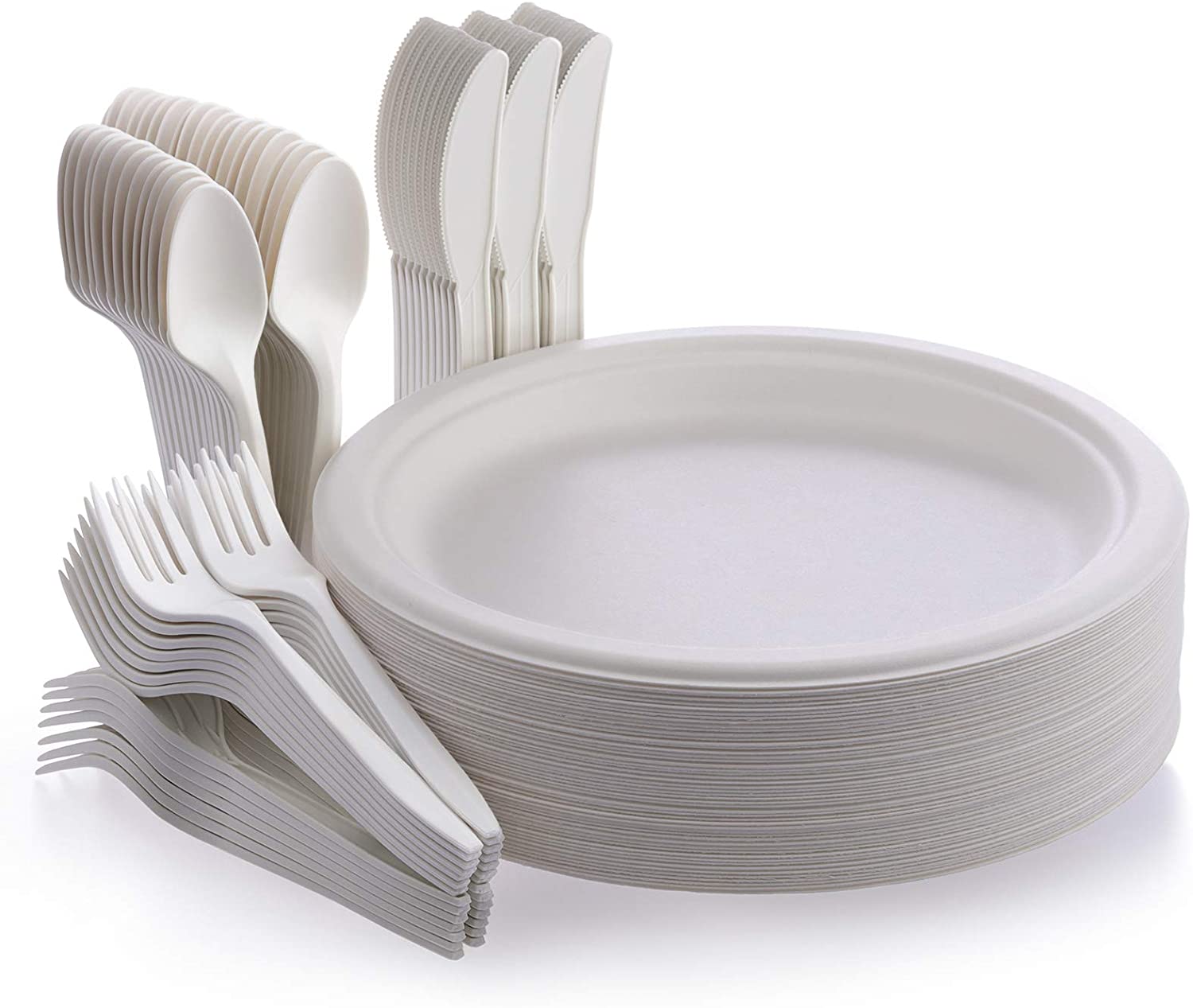
Use of polyethylene (PE) and propylene (PP) containers, which are white and are mainly used for packaging and storage of dairy products, oil, and vinegar, for materials
Hot and moist food is unobstructed. Use of foamed polystyrene containers (EPS) and white polystyrene containers (HIPS)
It does not pose a problem for hot and humid foods, but it is unsuitable for storing hot foods. The use of clear polystyrene containers (GPPS) is only suitable for cold drinks and not for hot foods such as tea and coffee.
Disposable polymer containers of petroleum origin, due to the hot, fatty and
Sour and acidic substances dissolve, are very harmful, pathogenic, and especially carcinogenic, while not degradable and degradable and pollute the environment.
Disposable polystyrene containers are made of styrene monomer, which is an aromatic compound.
And in the face of temperatures above 65 ° C, this monomer is released which effect is carcinogenic.
Disposable mineral water containers
The use of mineral water bottles also requires the observance of special safety points. Usually, these bottles are made of PVC, which does not pose a problem for human health. But if the water is stored in these containers for more than 6 months, it will become contaminated. Long-term use of disposable bottles is not recommended even for water, sour substances such as lemon juice, water, and vinegar should not be stored in these containers for a long time. Especially since the acidic properties of these materials have a greater effect on the bottle.
Index effects of non-standard disposable tableware
Disposable plastic containers, after asbestos and X-rays, are one of the serious causes of cancer and other diseases.
-
Digestive problems and even the occurrence of some malignancies are the side effects of using these dishes.
-
These substances have allergenic properties.
-
These dishes make the gastrointestinal tract susceptible to infections
-
These substances expose humans to a variety of cancers due to the release of organic and industrial substances into water or food.
-
Long-term use of these containers causes digestive problems, fatigue, and nerve discomfort
The most important disadvantages of disposable tableware
-
There are problems in recycling them and they create environmental hazards
-
In special conditions (high temperature, freezing, exposure to sunlight ...) make it possible to transfer harmful substances (monomers) to food.
-
Cannot be used in the microwave.
-
Disposable plastic containers have a shelf life of 300 to 500 years when buried in the soil.
-
Polystyrene is used in water glasses, knives, forks, spoons, and food containers.
Hygienic recommendations in the use of disposable containers
-
Do not use plastic containers in the microwave, especially foods that contain oil and fat, such as heat and plastic and oil, which results in the production of dioxin.
-
Food should not remain in these containers for more than 2 hours.
-
Sunlight and heat release dangerous compounds from these dishes and increase the risk of carcinogenicity in consumers.
-
Use cardboard (cellulose) cups to drink hot liquids.
-
Choose containers that have a manufacturing license from the Ministry of Health.
-
Disposable plastic containers must be provided from reputable centers that use high-quality raw materials.




